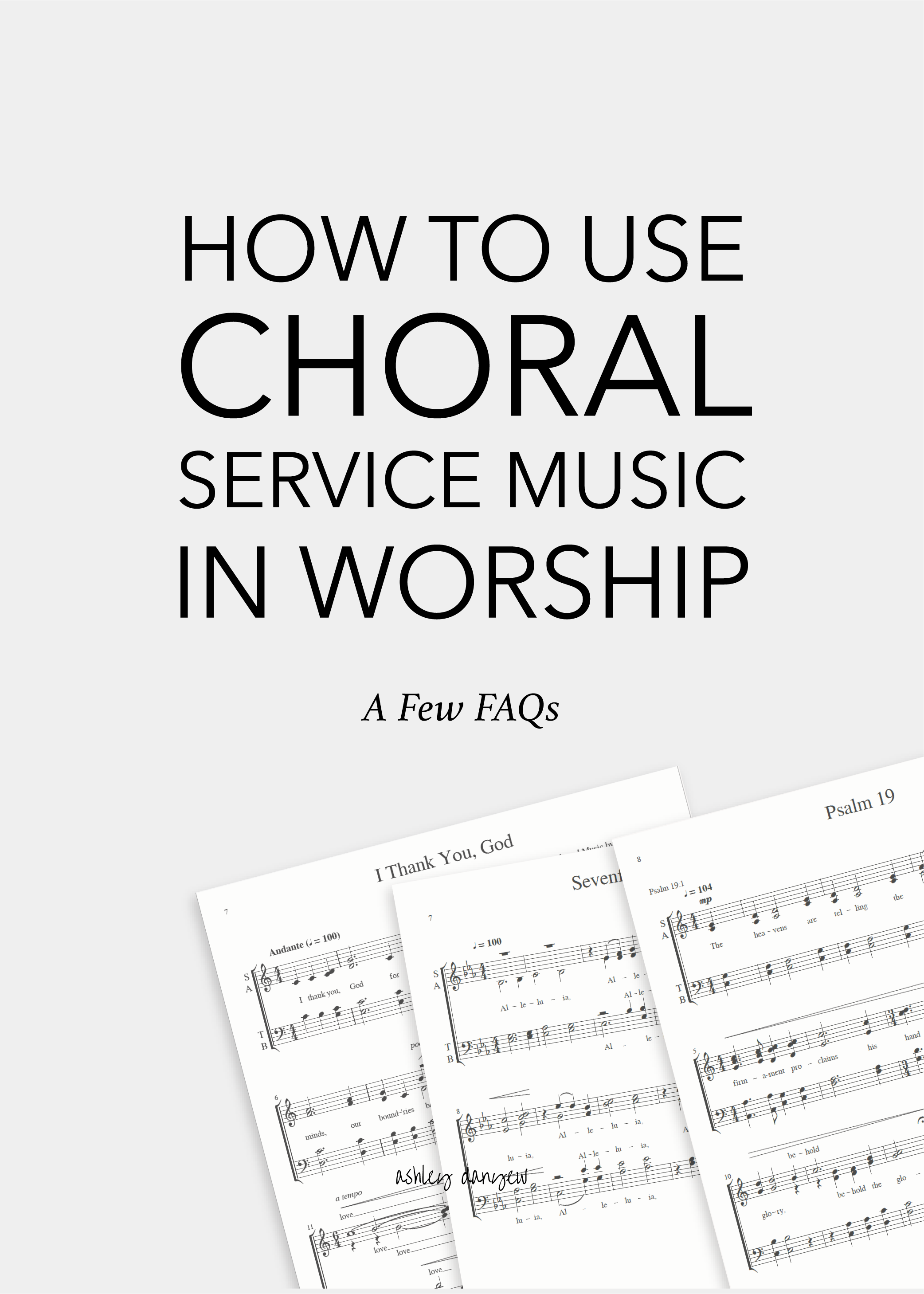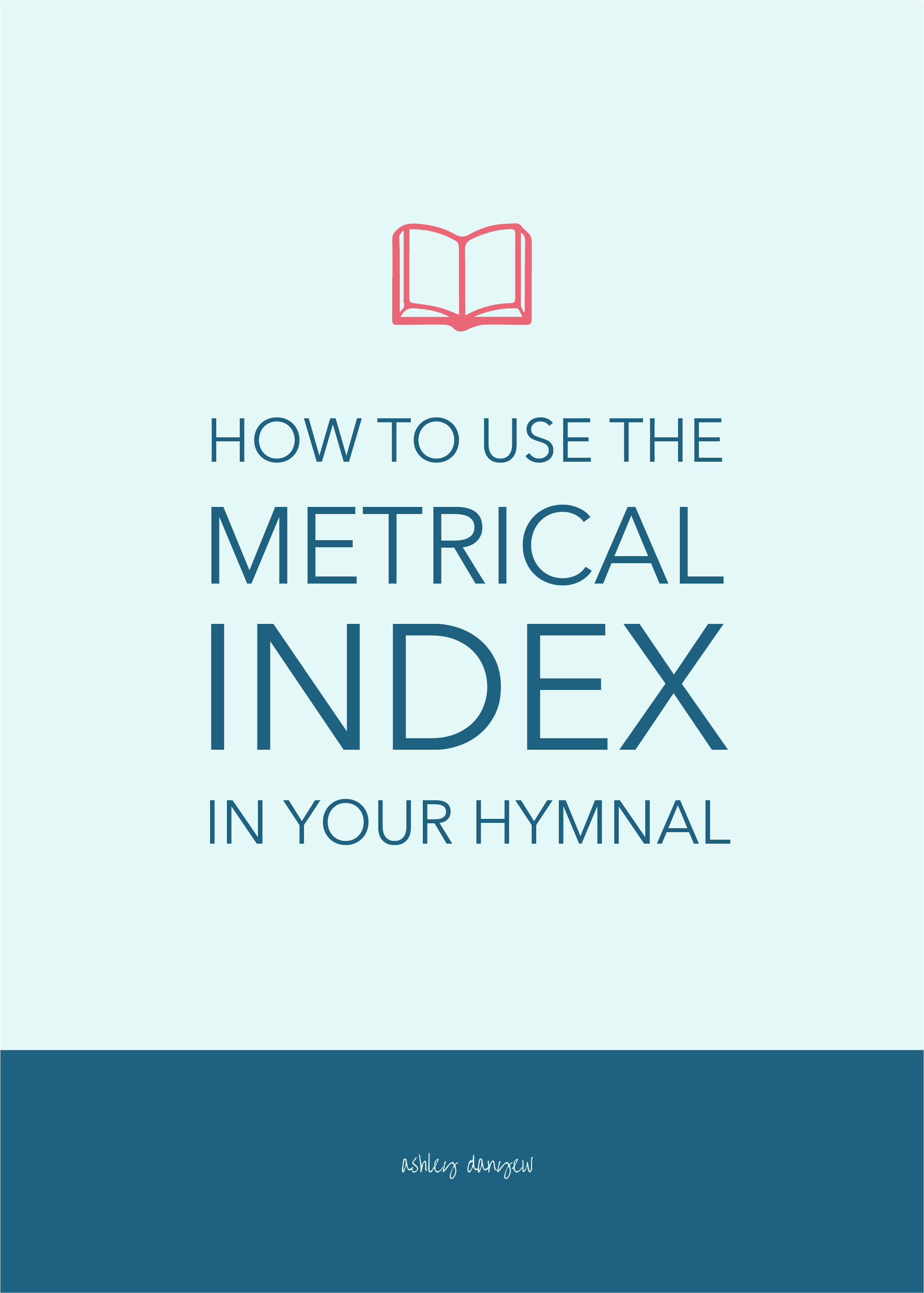"A psalm is the blessing of the people, the praise of God, the commendation of the multitude, the applause of all, the speech of every man, the voice of the Church, the sonorous profession of faith, devotion full of authority, the joy of liberty, the noise of good cheer, and the echo of gladness. It softens anger, it gives release from anxiety, it alleviates sorrow; it is protection at night, instruction by day, a shield in time of fear, a feast of holiness, the image of tranquility, a pledge of peace and harmony."
- Ambrose (ca. 339-397)*
Such incredible words from the 4th-century bishop of Milan, Saint Ambrose.
The book of Psalms plays an important role in worship, acting as both a Scripture reading and an act of musical praise. After all, many of the psalms were written as songs. In fact, the word psalm comes from the Greek psalmos, meaning "song sung to harp music."
There are many resources available to us today that facilitate singing psalms in worship, including:
the United Methodist Hymnal (UMH),
the Lutheran Book of Common Worship and Book of Common Worship - Daily Prayer,
the Concordia Psalter, and
the online Psalter resource, featuring five Psalter collections using familiar hymn tunes with recordings and searchable indexes.
But isn't the psalter for traditional worship? Aren't the musical responses based on old chants? How can it be used in modern worship?
Before we jump to the present, it's important to understand the context in which we're based. Here's a quick look at the history of psalm-singing in worship services:
*Disclosure: I get commissions for purchases made through links in this post.
History of Psalm-Singing
The practice of singing the psalms was commonplace among Christian churches until around the 18th century. Psalms were chanted in a free, speech-like manner using psalm tones, simple melodic recitation formulas (source).
During the 18th century, many Protestant churches began replacing psalms with hymns (source). Gradually, this practice led to the development of choirs and more solo-singing in worship, with less and less corporate participation.
In the mid-20th century, following World War II, there was a renewed interest in creating opportunities for congregational participation in worship. The Second Vatican Council (1962-65) and the renewal of Roman Catholic worship that followed included using psalms in between other Scripture readings (source).
Musicians began writing responsorial psalms, with metered verses sung by a cantor and a recurring refrain (antiphon) sung by the congregation. This form of psalm-singing was developed in France in the early 1950s and is often called Gelineau psalmody, named after its creator, Joseph Gelineau (source).
The Methodist Hymnal of 1964 incorporated the psalter as part of the standard service, though the psalms were to be spoken rather than sung (source). However, the 1989 hymnal includes a psalter in the back with 100 psalms and responses (correlated with the Revised Common Lectionary).
The Lutheran Book of Worship (1978) features pointed psalms, or psalms with stressed syllables marked to facilitate singing with psalm tones. The Psalter Hymnal of the Christian Reformed Church (1987) includes metrical settings of all 150 psalms.
The inclusion of the book of Psalms in the Revised Common Lectionary (1994) has created a resurgence of psalm-reading and use of the psalter in many congregations (source).
The Taizé Community in France has developed a series of simple psalm settings for daily worship and many musicians have written songs in popular or contemporary style based on psalm texts (see several examples here).
How to Read the Psalter
Each psalm is comprised of two main parts: 1) the psalm text, which may be chanted or spoken, responsively or not, and 2) a sung musical refrain, often with text drawn from the psalm.
Musical refrains (or antiphons) may be sung at the beginning of the psalm and at the end of each stanza. This is often indicated by a red R in the text. (source)
Have you ever wondered what those red dots • over the text mean? This is called pointing. Each dot marks the place where the chant leaves the reciting tone. Read more about this below.
How to Sing Psalm Tones
Common in Episcopalian and Lutheran churches, among others, singing the psalms using psalm tones connects us (as a community of faith) back to the early church (pre-1700s).
There are eight primary psalm tones, one for each mode (source). You can use any psalm tone with any psalm, though if you plan to use a congregational response, you may want to choose a psalm tone that is in the same key.
Each psalm tone is comprised of two measures or tonal patterns, eight notes total.
The first note of each measure is called the reciting tone (it looks like a whole note with vertical lines on each side). Sing the first part of the phrase on this pitch, freely and with natural declamation, as if you were speaking the text.
For an underlined or pointed syllable (marked with a dot, as mentioned above), leave the reciting tone and sing the next two notes in the psalm tone, one note per syllable. Sing the remaining words of the phrase on the final note of the measure.
Continue this pattern with the second measure and second line of text.
For more detailed descriptions and several audio, video, and visual examples, take a look at these articles:
Practical Resources for Modern Worship
Here are a few music collections and resources to help facilitate psalm-singing in modern worship settings:
1. The People’s Lectionary (Hal Hopson)
Featuring a total of 117 different responses, this collection includes a setting for every Psalm included in the Revised Common Lectionary. Also includes ideas for incorporating choirs and soloists of all ages, a variety of accompaniment styles, and instrumental parts.
2. Taize: Songs for Prayer (Jacques Berthier & Taize Community)
This spiral-bound collection features 59 responses, canons, acclamations, and litanies with full SATB parts, keyboard accompaniments, and guitar chords.
3. A Lectionary Psalter (John Schiavone)
A collection of Psalms and Gospel acclamations for the 3-year lectionary cycle. Includes SATB parts, keyboard accompaniments, and guitar chords.
4. Lectionary Psalms (Michael Guimant)
A complete set of responsorial Psalms for use throughout the 3-year lectionary cycle. Includes flexible part-writing, organ/piano accompaniments, and guitar chords.
Creative Ways to Use the Psalter in Modern Worship
There are lots of creative ways to incorporate the psalter in modern worship services. Here are a few ideas:
1. Use a contemporary chorus in place of the traditional antiphon.
"Great Is the Lord" works well with Psalm 143, "10,000 Reasons" uses text straight from Psalm 103, and "A Mighty Fortress" works well with Psalm 46. Use wordtoworship.com or contemporarypsalms.blogspot.com to search for songs based on Psalms.
2. Incorporate instrumentalists.
Perhaps instead of having a sung response, you have a short instrumental response (flute, violin, saxophone, clarinet, etc.). Or, underscore the responsive reading of the Psalm text, then have the congregation join you on a sung refrain.
Related post: Creating Unique Musical Underscores for Worship
3. Use a handbell accompaniment.
Instead of accompanying the sung response with piano or organ, consider using a simple handbell accompaniment.
This document includes ostinati accompaniments for all eight psalm tones and 35 psalter responses, as written in the UMH (up through Psalm 32). Many of these accompaniments are playable by just a few ringers—sometimes, just one person. I think this would be particularly effective during Advent or Lent.
Related post: 10 Creative Ways to Use Handbells in Worship
4. Introduce visuals.
Use a prop to represent symbols from the text (e.g. dove, fire, river). Use banners, streamers, movement, mime, dance, etc. to bring the text to life. Create water imagery with a piece of lightweight blue fabric. Have one person hold an end at the back of the church and another at the front (down the middle aisle). Move the fabric from side to side and up and down to create a river effect. Project images, if you have the technology to do so. (source)
Related post: Integrating Visual Arts in Worship
5. Tell a story.
Use an adapted version of the Psalm text—maybe from The Message—and turn a traditional Scripture reading into a dramatic narrative. Add to this by having a few people act out the text as it's read, or display visuals. (source)
6. Make it intergenerational.
Include readers of different ages. Invite participants of all ages to help with visuals or musical accompaniment. Mix up the responsive reading by having men, women, and children/youth respond at different points. (source)
Related post: 25 Ways for Youth to Participate in Worship
What about you?
Do you use the psalter in your church? How do you connect this ancient tradition to modern worship?
Read more:
5 Ideas for Creating Meaningful Advent Services
Contemporary Music for Traditional Congregations
Top 20 Contemporary Music Resources
*Source: McKinnon, James. 1987. Music in Early Christian Literature, Cambridge Readings in the Literature of Music. Cambridge: Cambridge University Press.






































